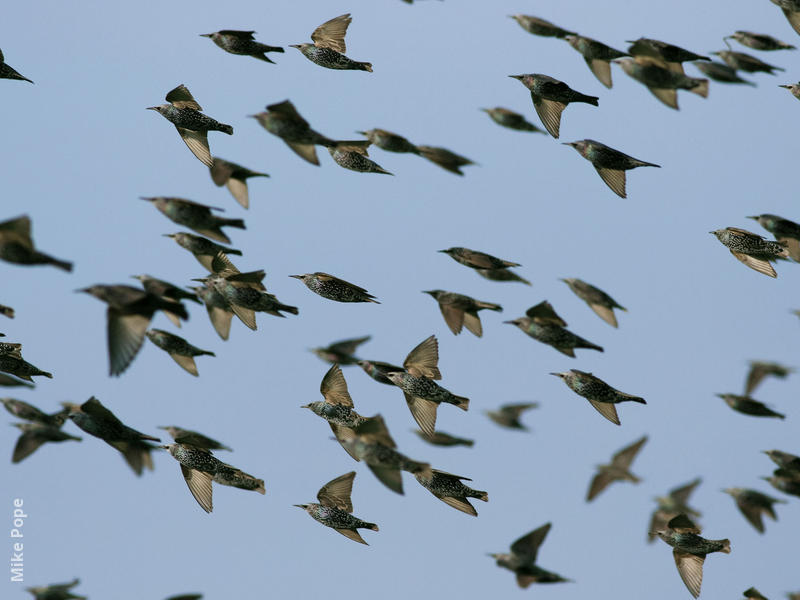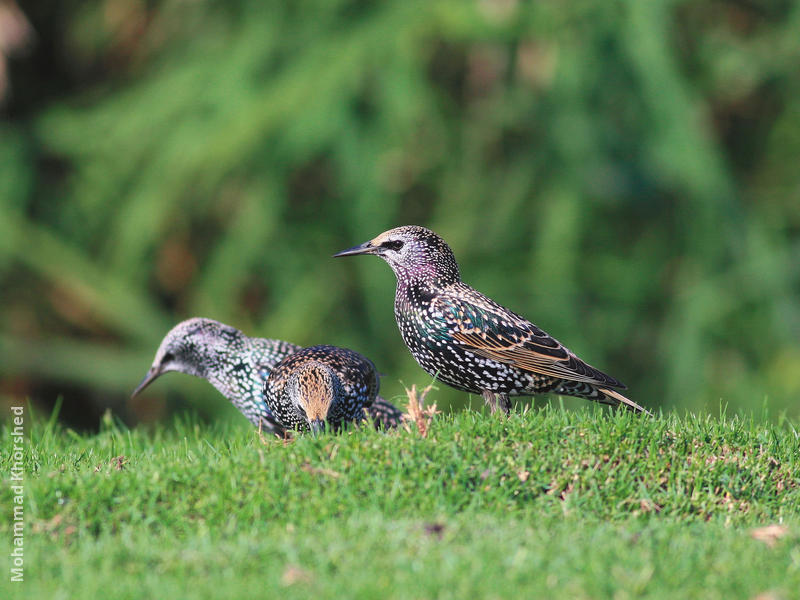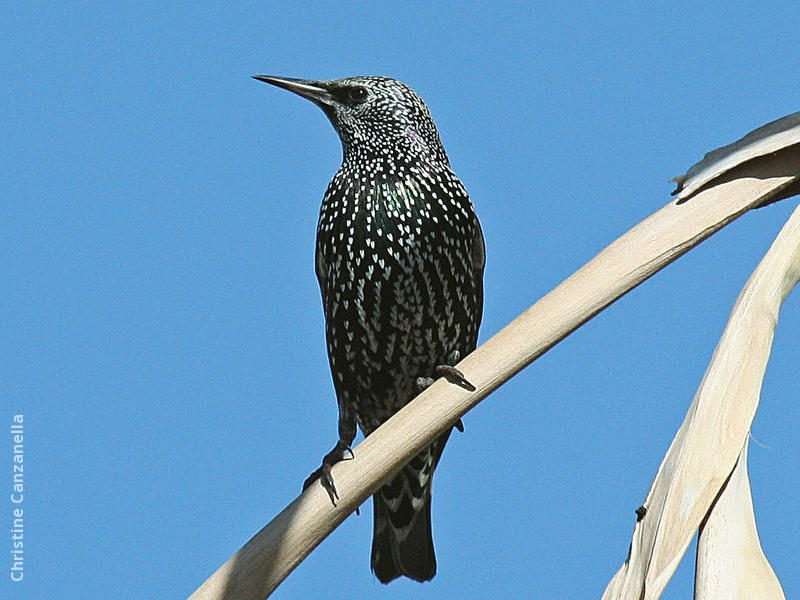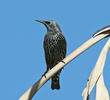- ‹ previous
- 316 of 415
- next ›
Recordings
Information
Very common winter visitor and common passage migrant. Often seen in very large flocks especially on agricultural land; sometimes roosts of over 1000 birds will gather at reed beds in winter.
Where in Kuwait
On passage it is found in a huge range of habitats, from city centres to marshlands, irrigated farmlands and in parks and mature urban gardens. It is often seen in large flocks along Gulf Road and around Green Island, in the Jahra area as well as on some of the larger private farms
In the world
It has an extremely broad range with an overall population trend is difficult to determine because some populations are increasing while others are decreasing. Outside of Britain, this species occurs throughout Europe, reaching central and southern Asia, and has been introduced to New Zealand, Australia, South Africa and North America. It is considered a pest alien species in North America and is responsible for displacing native bird species. A wide variety of food is eaten by the European Starling, these include: insects and grains, as well as items from bird tables, rubbish dumps, the seashore and sewage farms. Towards dusk, enormous flocks often form near the roost sites, with birds preening, singing and resting before flying into the roost. This is often a spectacular sight, involving a swirling aerial display of the co-ordinated movements of a huge number of European starlings
Local threats
The species has probably recently increased its populations in Kuwait due to artificial agricultural lands and irrigated green spaces. The large wintering flocks of Starlings may be ingesting pesticides or other agrochemicals but no relevant study has ever been done in Kuwait's agricultural lands.








